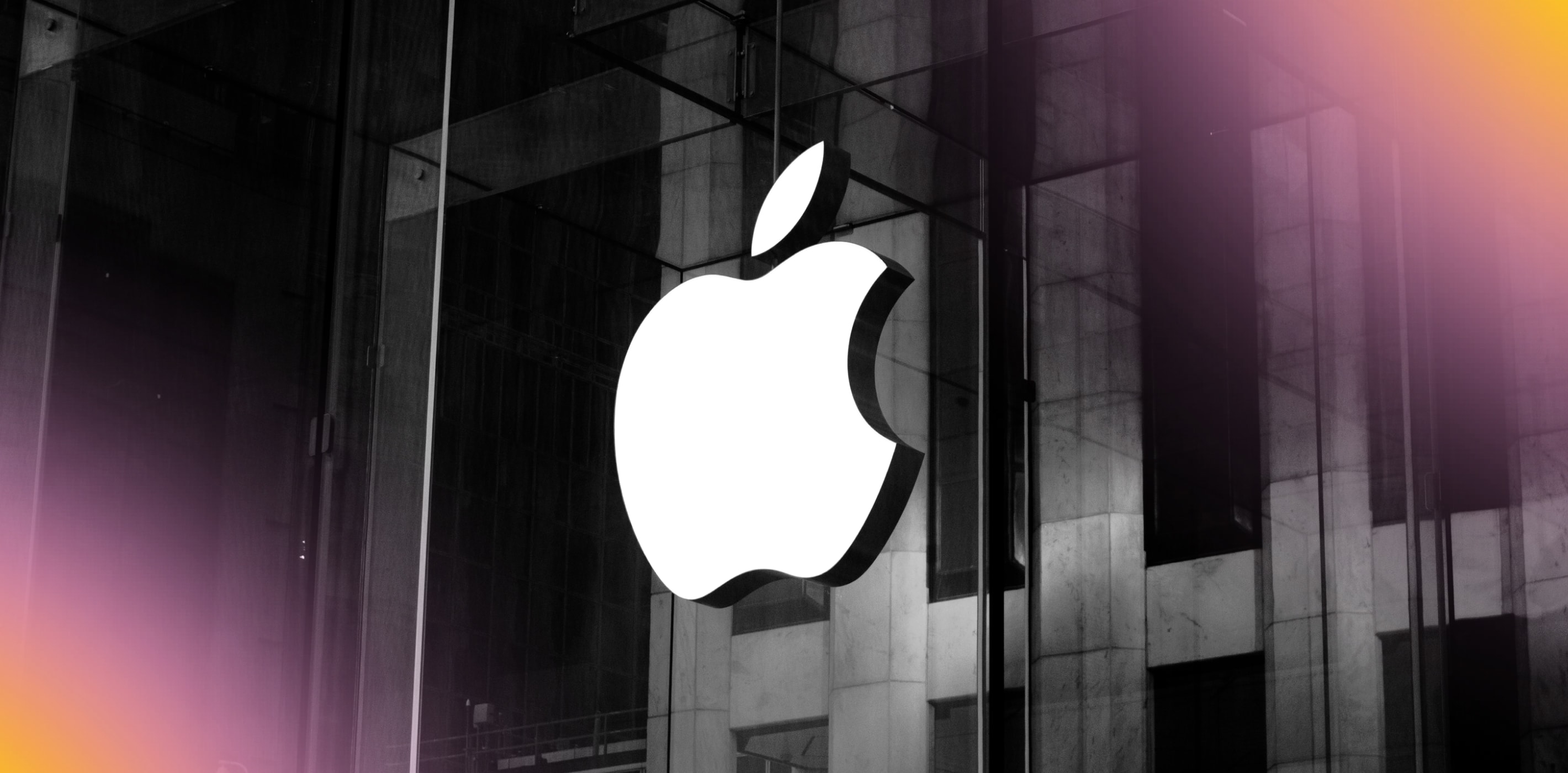In April 2022, the Financial Times reported that pre-pandemic, it took 17 days for a pair of shoes made in China to reach Los Angeles.
Now, it takes three times as long, clocking in at up to 52 days.
That’s plenty of time for customers to get frustrated.
And it’s not just clothing manufacturers that are experiencing supply chain issues.
As the New York Times reported , all kinds of products — from gaming consoles to exercise bikes to pots and pans — are delayed. Without a shortage of raw materials like paint, lumber, plastic, and metal and sky-high shipping container prices, many international vendors are finding they can’t get their products into customers’ hands as quickly as those customers are used to.
There’s no clear resolution in sight, either. Per shipping giant DHL , a combination of labor shortages, continued freight slowdowns, increased pressure on companies to account for human rights violations in supply chains, and water shortages will strain supply chains for the next several years.
But necessity is the mother of invention, and retailers aren’t accepting defeat. Instead, they are working around supply chain constraints, driving innovation in issue resolution and customer service.
Here, we look at three trends, including:
Offering repair options
Including free upgrades and add-ons to make up for shipping delays
Leveraging data at every stage of the order process
1. Offering repair options
In the pre-Great-Shipping-Disruption times, if a product broke, retailers were more easily able to replace it.
That’s no longer an option.
As Clyde CEO Brandon Gell told PYMNTS.com , many merchants are struggling with supply chain issues — and are leaning into offering repair options through extended warranty products that cover them.
“We own the ability to actually make the resolution, whatever it needs to be,” said Gell.
For example:
Let’s say a customer bought an electric scooter from a retailer who offered Clyde’s extended warranties.
The customer bought the warranty and enjoyed the scooter for months.
All of sudden, the customer fall and there is a problem with the controller.
Instead of sending the customer a new scooter, the retailer works with Clyde’s repair network to get the product repaired to their standard and back in the hands of the customer.
KPMG noted that two of the key trends at play with retailers looking to strengthen their supply chains are:
Expanding the number of third parties they work with (i.e. other supplies, markets, and transport options)
Doubling down on their technology investments
Working to create a repair option for customers fits into both buckets. Partnering with an already-existing platform like Clyde lets you add in new partnerships, through a trusted network of repair partners who can extend the life of your products, while leveraging best-in-class technology and functionality.
Retailers can also develop in-house repair options. For instance, Patagonia offers repair services as part of their Ironclad Guarantee (though they have pushed out the timeline due to staffing shortages and safety requirements, and say it may now take up to four months for a repair). Customers can bring items in need of repair to a Patagonia store or can send them in for service.
For more inspiration from brands with lifetime warranties and repair options, check out these 25 examples .
2. Including free upgrades and add-ons to make up for shipping delays
It’s not new for retailers to add in a little something-something to sweeten a consumer’s experience with them.
There’s the world of free samples , for one. Companies often give away a bit of their product to pique customer interest — Sephora , for instance, gives away two with every order.
But there’s also the option to add on something extra to smooth out a bad experience. In his book Predictably Irrational , behavioral economist Dr. Dan Ariely calls the practice of giving things away for free “a source of irrational excitement.” And sometimes you need to foster a little of that to make delays more palatable.
For example, as a way of compensating for shipping and delivery issues, retailers can try:
Providing a credit (like $10 or $20 off) to use on a future order
Offering an extended warranty for free (absorbing the cost can be “better than having that customer cancel their order or decide they’re going to write a bad review,” per Gell)
Inviting customers to join virtual events and communities even before they get their product
Responding to customer issues with delivery times, whether proactively or reactively, can go a long way. In research completed by Forrester Reporting for Khoros , 83% of customers say they feel more loyal to companies that resolve their complaints.
Instant-delivery service Gopuff tapped into consumers’ un-responded-to frustrations regarding supply chain shipping delays and did some guerrilla-style marketing at the end of 2021. They asked Twitter users to share their “craziest holiday shipping delay” and then sent them free items, including t-shirts, Gatorade, puzzles, and headphones — all delivered from existing inventory via cars and bikes:
3. Leveraging data at every stage of the order process
In an interview with Thomas Reuters , the president of DHL Supply Chain gave credit to the biggest evolution they’ve seen in their business: technology. Especially data analytics capabilities.
“We’ve invested a lot in visibility tools, so we have visibility into the data at a granular level, and we’re able to share that with our customers,” he said. “If we’re all looking at the same data, it’s a lot easier to identify the solution you’re looking for or the issue you’re trying to solve.”
Most companies will find room for improvement at every stage of the product development, sales, and fulfillment cycle. Consider these potential insights:
Predicting product interest (and eventually, sales numbers) by using past purchase data, customer focus group insight, and AI-enabled forecasting
Speeding up collaboration between product, fulfillment, marketing, and customer service teams by sharing centralized customer data
Deploying Internet of Things devices to track supply chain updates without relying on human contact or communication, driving efficiencies in information sharing
Investing in innovative payment and point-of-sale systems to better track inventory and order fulfillment
Utilizing location sensors and geolocation technology to provide up-to-the-minute shipping transparency to customers — and to flag any issues to your customer service team so they can start proactively addressing them
From better identifying what customers need to figuring out how to get it to them to recommending personalized items and tracking returns and repairs, better data capabilities make every stage of your customer experience stronger.
Supply chain issues aren’t going anywhere
94% of Fortune 1000 companies are seeing pandemic-related supply chain disruptions, per Accenture . (Kudos to those 60 companies that are not.)
Until those disruptions are completely solved, retailers can take matters into their own hands by investing in what they can control:
Offering repair services through an extended warranty program to more quickly and efficiently solve customer issues
Surprising and delighting customers with free upgrades, add-ons, and community invitations
Expanding their analytics capabilities and using data to direct improvements
If you’re interested in learning more about how Clyde’s ownership enrichment platform can help with any of the above, set up time to talk to a product expert today .
SIGN UP FOR OUR NEWSLETTER





















